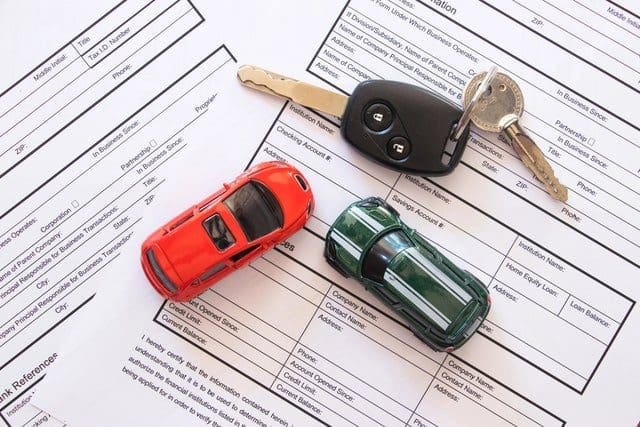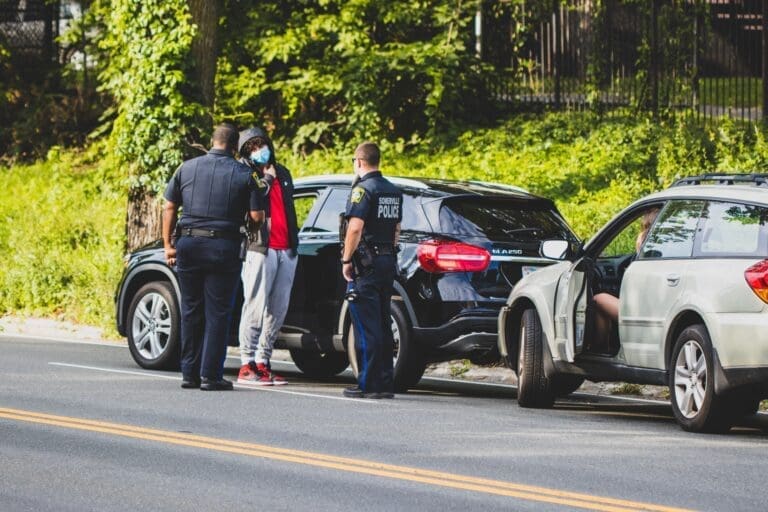How to Save Money When Buying a Car

Sometimes, buying a better car can save money in the long run, when you consider maintenance and insurance costs. Take into account these pointers on how to save money when buying a car.
Decide if You Want New or Used
You might think a new car is out of the question, but do your research and don’t be a brand snob—there might be a real deal on a less coveted make of car that will do everything you need it to do. And c’mon y’all, do you really need leather seats with butt-warmers? There are many pros and cons to new and used cars, not the least of which are condition, history, and warranty. Do your research about the type of car you are interested in and compare models for options and prices in your area. There are many online sites that help determine fair value and price; some even show what others in your local area paid for the same make and model.
Consider Certified Pre-Owned
The value of a new car drops significantly as soon as it leaves the lot. Many dealers offer “certified pre-owned” or “CPO” cars—that’s just a fancy name for used cars that have been reconditioned by factory-approved people and probably come with a warranty. The value drop is built-in, meaning the price should automatically be lower. Better yet, a used car that’s only a few years old might be nearly the same thing as a brand-new version. Dive into the descriptions of recent past model years versus new; you might find not much has changed. Going back a few model years could save you thousands.
Line Up Your Own Financing
Have a few great offers from banks or credit unions in your pocket before you approach a dealer about financing. If the dealer deal can’t do better, get your loan elsewhere. Just remember there’s more to the cost of a car than the monthly payment—there’s registration and insurance, not to mention maintenance and interest. Do the math on what the rate on your loan adds to the car’s total final cost.
Beware the Fine Print
Don’t sign anything you haven’t read all the way through. Fees and add-ons that you didn’t ask for, didn’t want, and can’t afford might be buried deep in the sales contract. Push back on extras you don’t need and question all the fees.
Don’t Talk Trade Until You’ve Got a Deal
Negotiate a good price on both your old car and your next one. After you’ve agreed on a price you’re willing to pay for your next car, you should bring up trading in your old one. Get offers from several places on what they’ll give you for your old car, and use those numbers to negotiate. You might get more by selling your old car yourself if you own it outright and are willing to get it detailed and fixed up.
Buy at the End of the Month or the Model Year
A time-honored bit of advice on how to save money when buying a car is to wait until the end of the month or model year. Car dealers get anxious toward the month’s end—they have sales goals to meet. And at the end of the model year, usually between August and October’s end, they get antsy to clear the old models off the lot to make room for next year’s cars. Timing matters, so do your research and show up close to the end of the month or model year.









